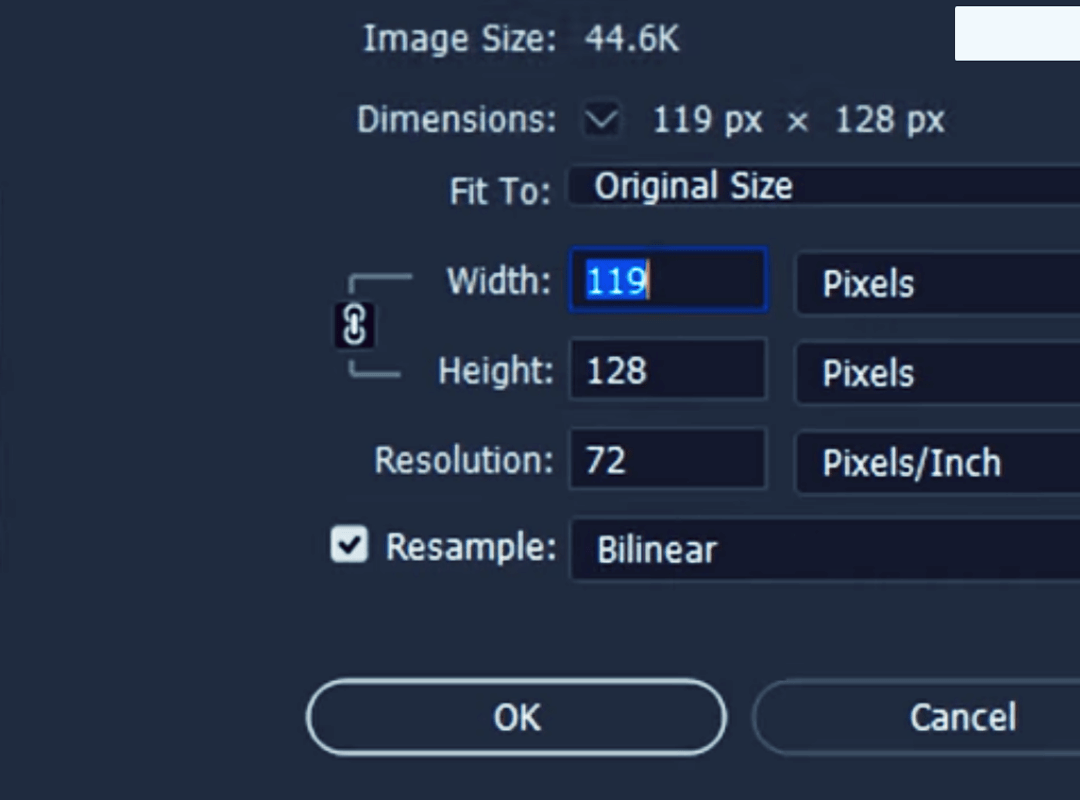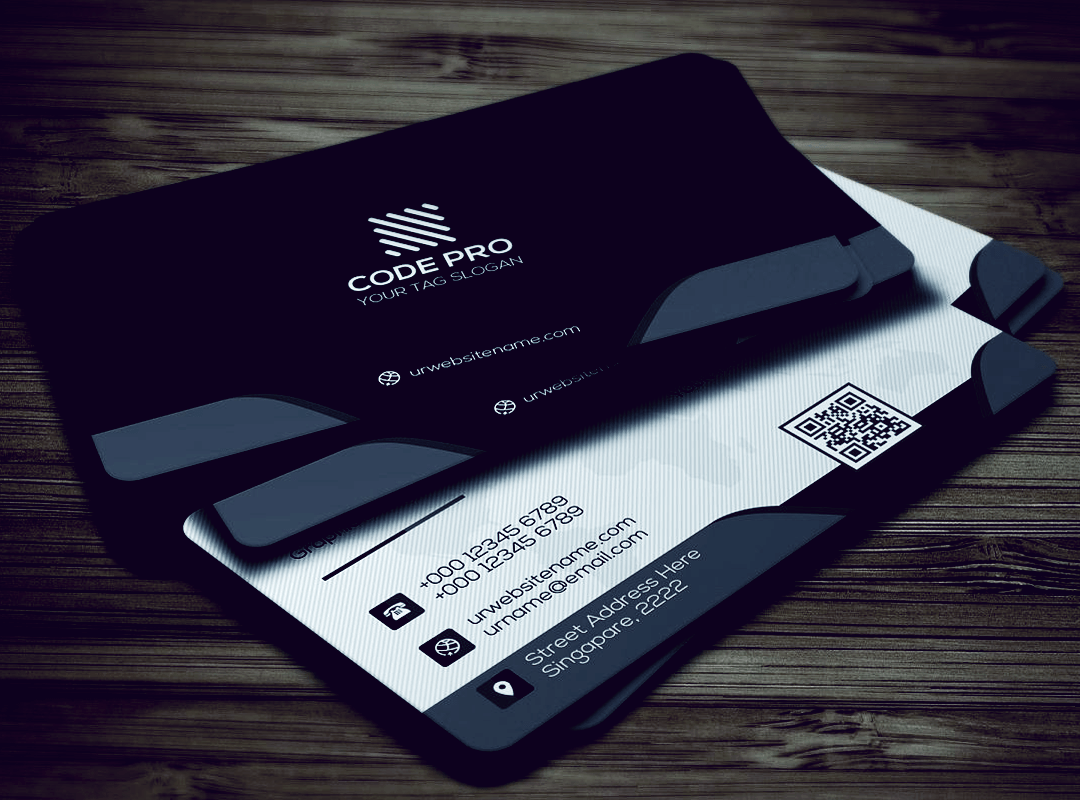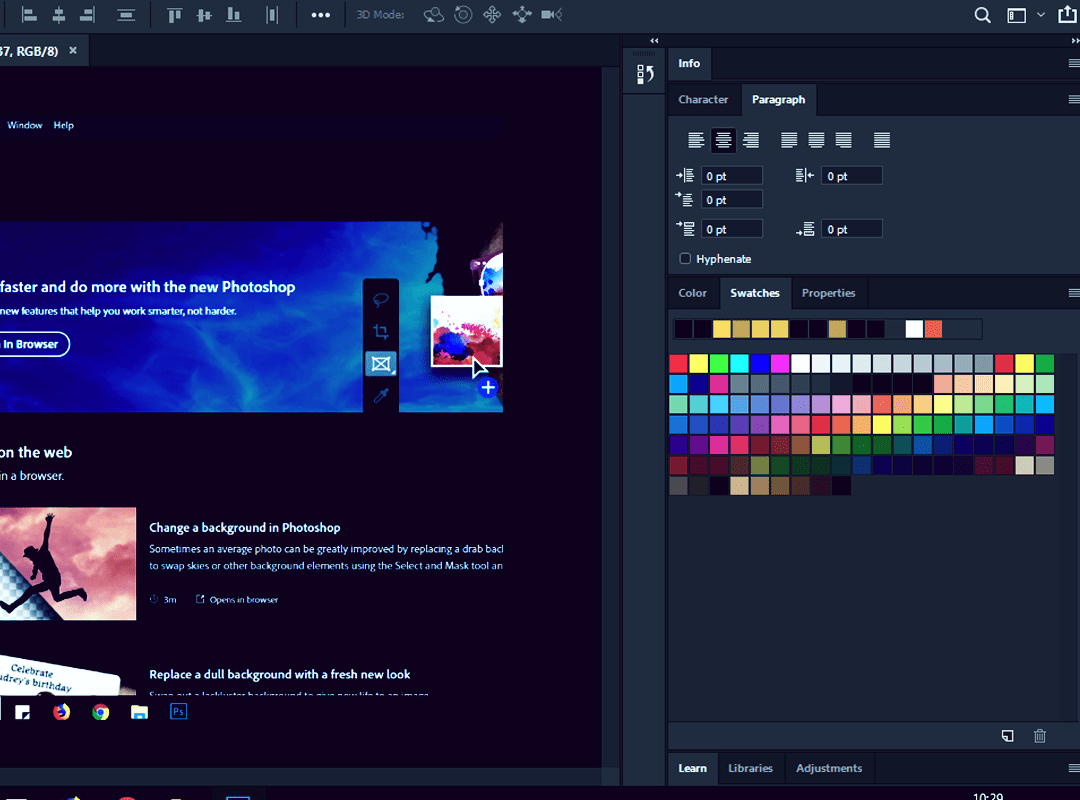A designer has to concentrate and work hard to get the best results. A well-planned design thinking process is necessary to excel through each aspect of designing. While many design thinking processes are linear, this article will acquaint you with an iterative and circular design thinking process, namely Donut designing method.
The Donut designing method is widely followed by some of the renowned designers in the world. The circular design thinking process involves a well-structured outlay of the process involved in designing. This is a human centred activity, and will help you along with your team of designers to organise the information and ideas surrounding the main project of your client. The Donut designing method is organized into four steps to do professional designing. The steps are supposed to be repeated in a circular manner again and again in the Donut Designing method, to achieve the best results.
Step 1: Observe
The observing stage of Donut design method involves a lot of research to let you aggregate information of all sorts. You can use research methods like event mapping, and personal observations to collect the information about latest trends, which resemble the demands of your client. This stage also gives you an idea about your creative freedom and the effort that you will have to put into your design. All this information helps you in the proceeding steps to do professional designing.
Step 2: Reframe
The reframing stage of the circular design thinking process allows you to create an assessment of all the aggregated data in the first step. You can compile and reframe the information in your own way, to get a clearer look over the pattern that other designers followed while interacting with you.
In this stage, you can also put questions like ‘What does this all mean?’, ‘Where is all this heading toward?’, etc. into the picture. The answers should likely come up in the form of graphs, charts, personas, etc. giving you a converged view over the ideas generated while carrying out the steps to do professional designing.
Step 3: Converge
The converging stage of the circular design thinking process allows you to converge the reframed data with your client’s expectations and needs. Your design brief should be able to match the expectations of everyone investing in it, be it the client or the user. You need to look over the data and establish a relative link between them. The generation of an idea starts from this stage. You can use several techniques like brainstorming to get the job done. Then, you can converge towards the best potential idea for the upcoming steps to do professional designing.
Step 4: Experiment
The final stage of experimenting, of the circular design thinking process, allows you to deal with the prototyping of ideas generated in the last stage. You can create the prototypes of the final design and run tests to receive data on its mediation, with your client’s and consumer’s needs. Then, you can analyse it over a lot of criterions of quality check.
In the donut method, this linear process should be repeated again and again until the deadline. Either the money runs out, or a successful outcome is produced!
These are the steps to do professional designing using the Donut designing method. Also, there are a lot other different designing methods, which you can use for different projects. Do give a visit to our blog to know about them: ‘10 design thinking methodologies for creative conceptualisation of ideas’.










